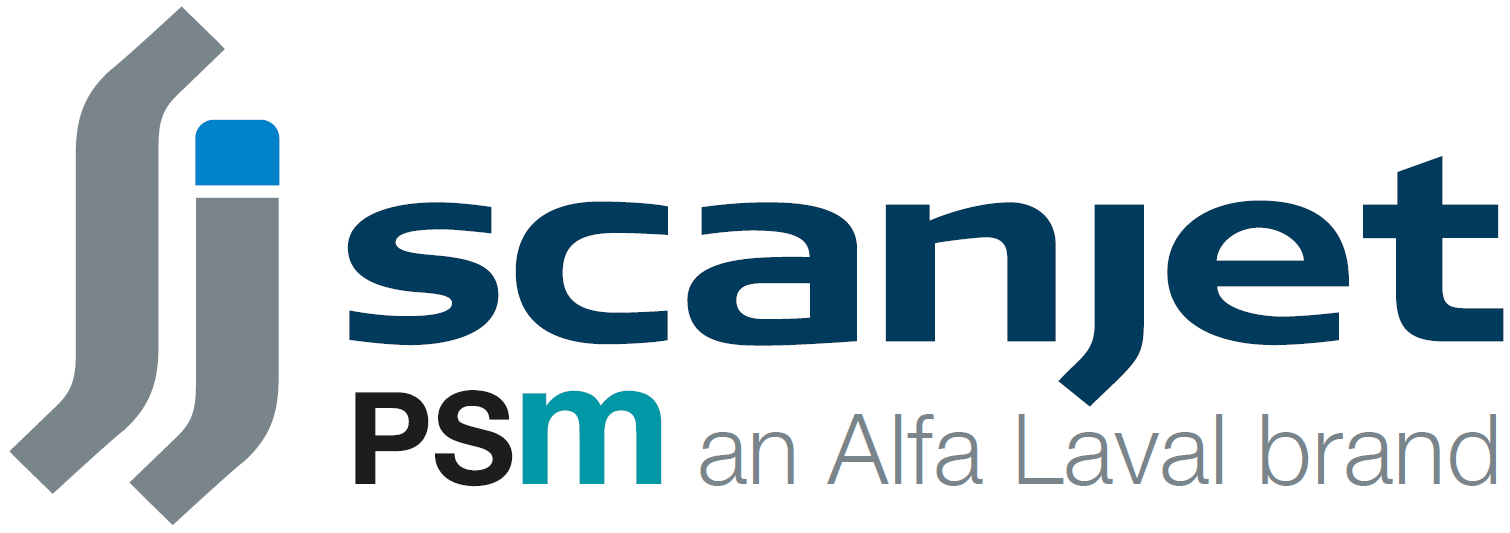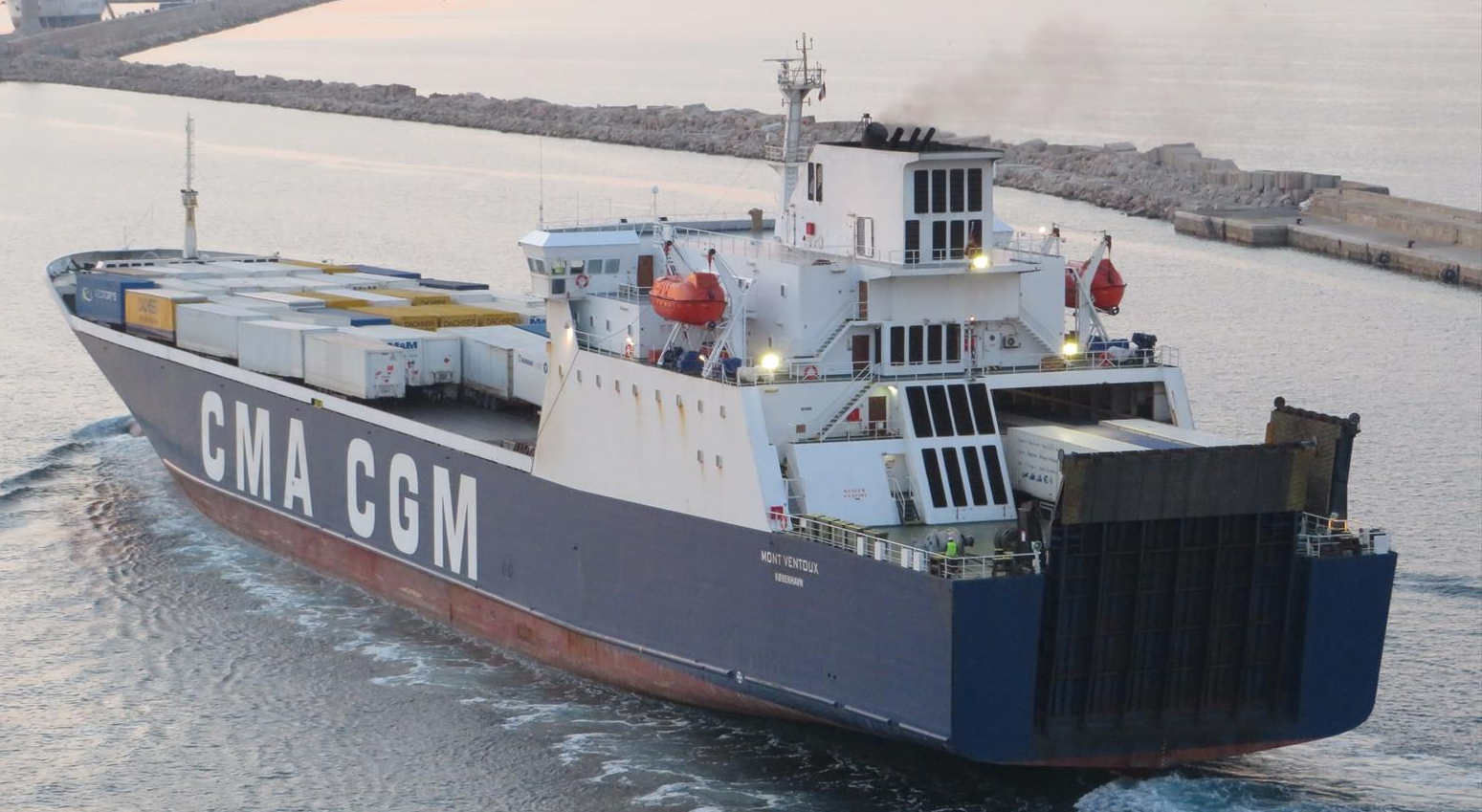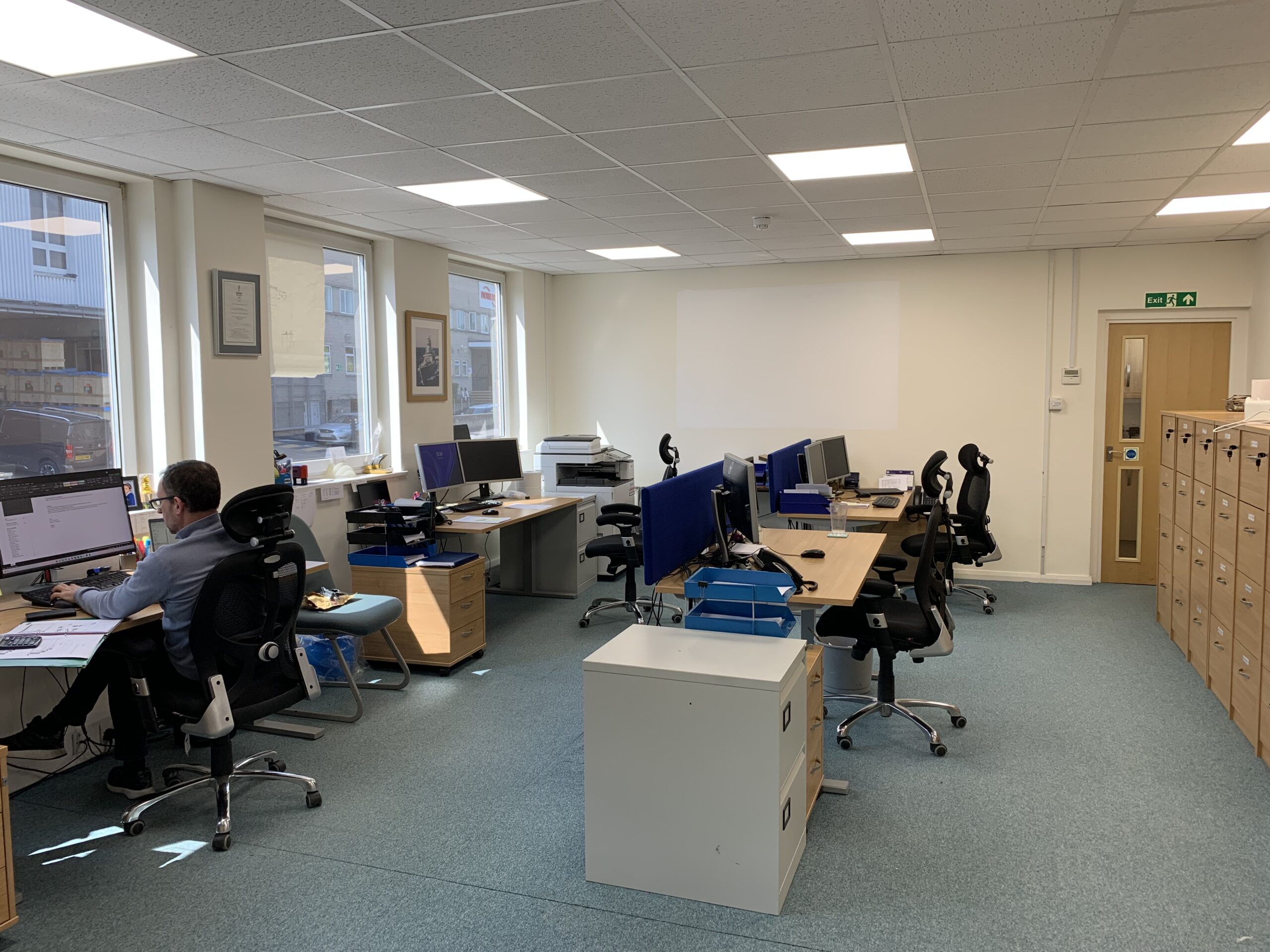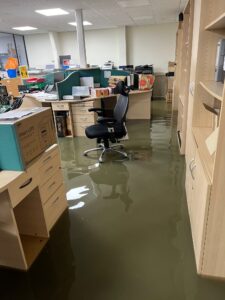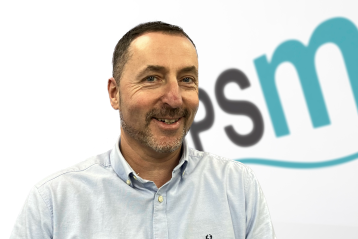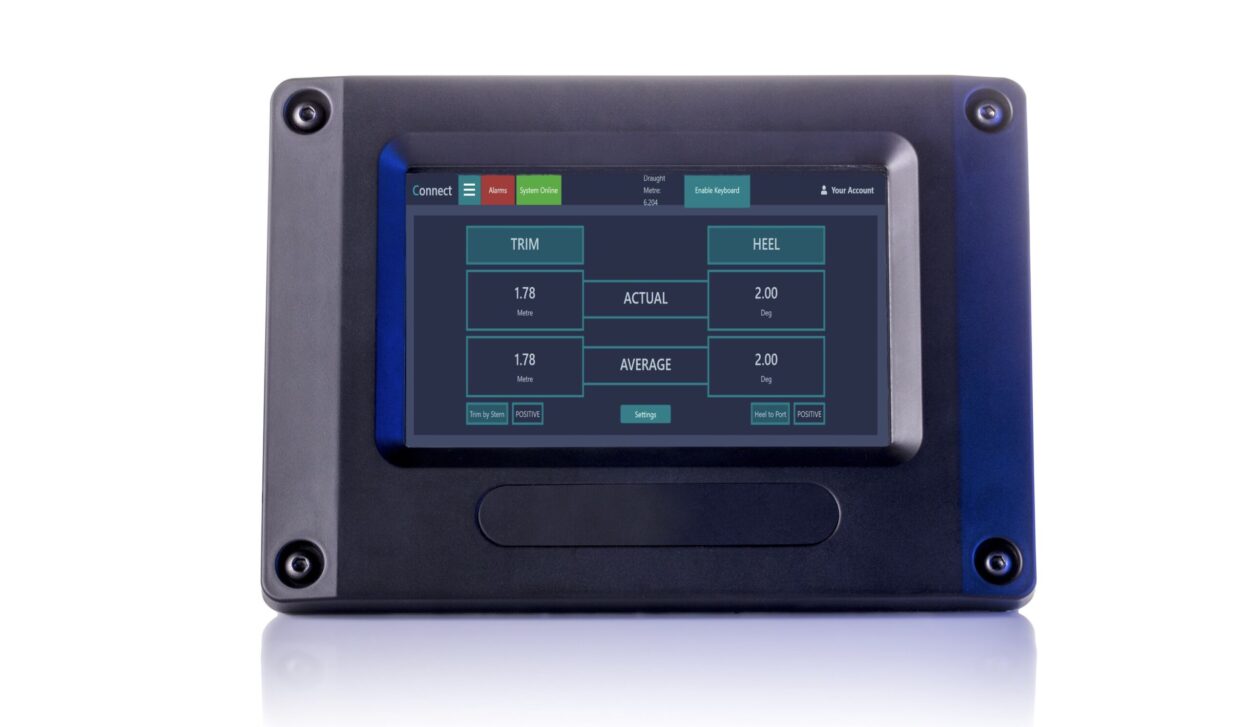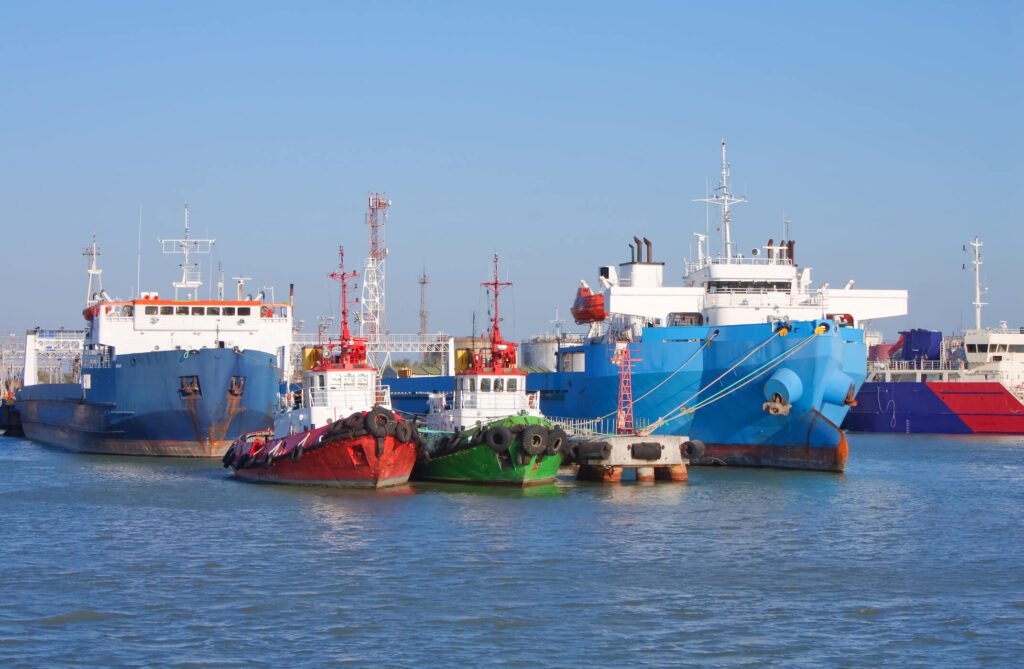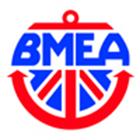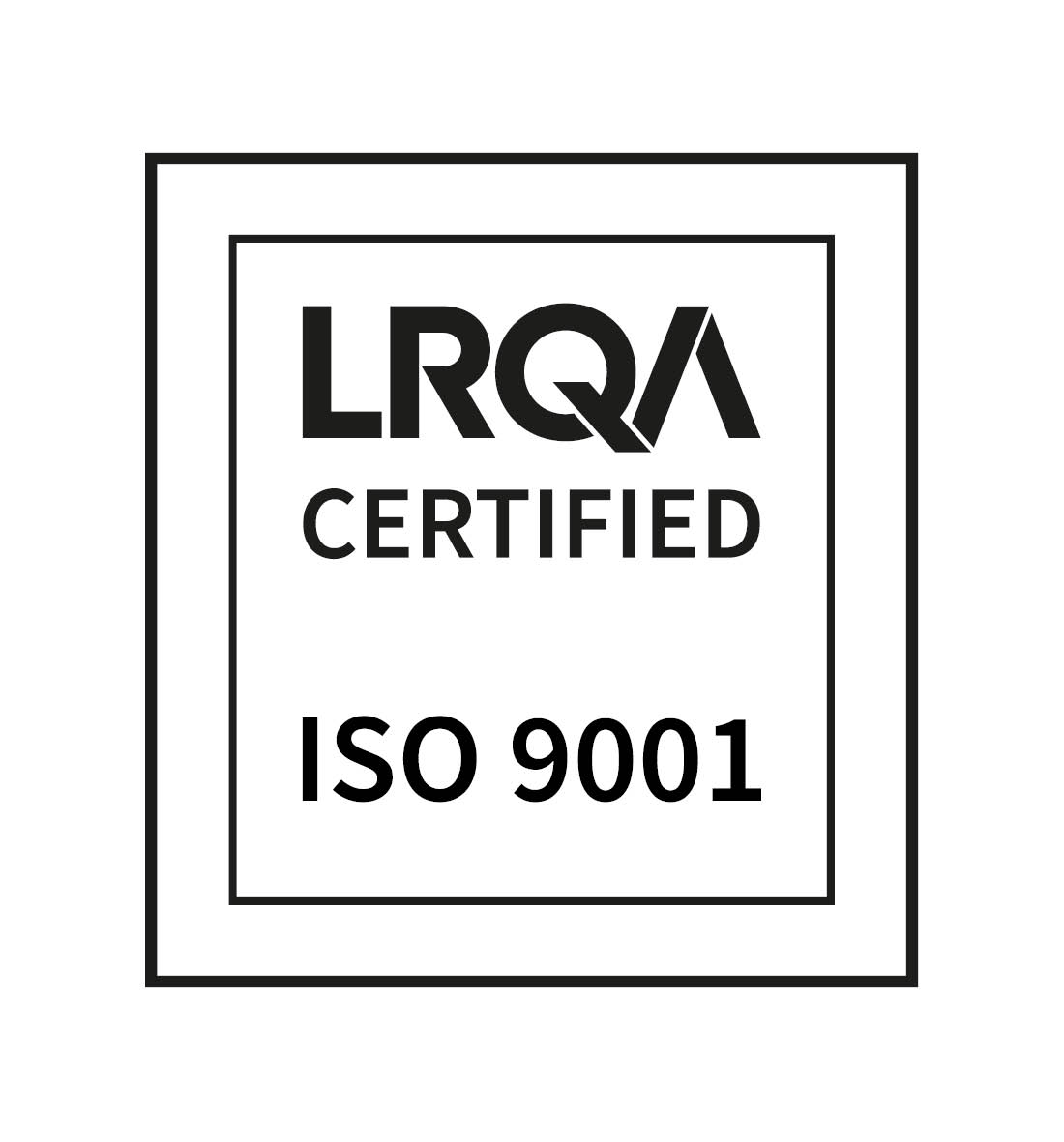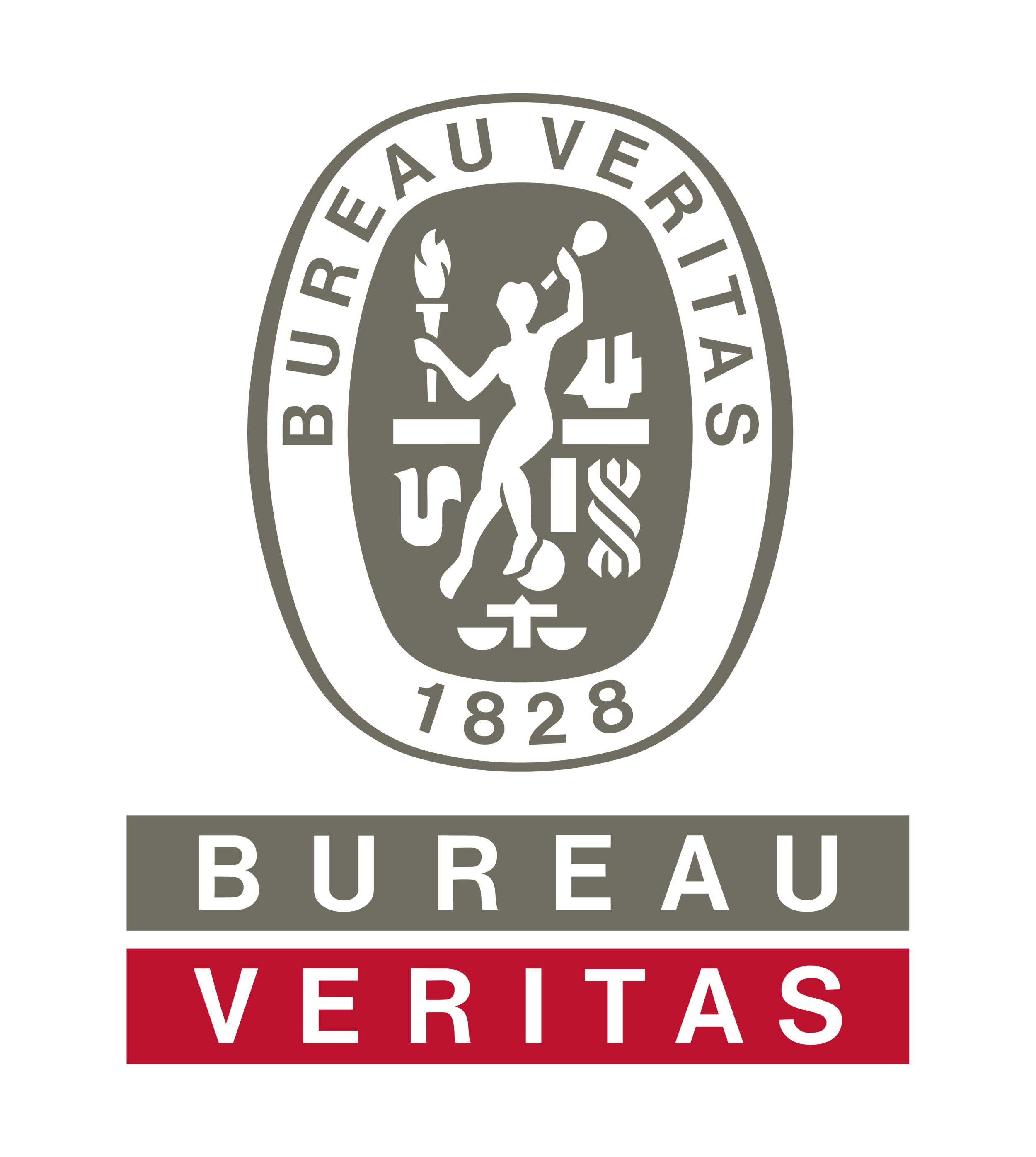We have recently shipped a complete Scanjet PSM Connect system to the Vessel CACTUS (ex Nordic Mistral), a Double Hull Oil Tanker, built in 2002.
As part of the refit, we have supplied replacement APT1000 transmitters in titanium construction for all of the vessels ballast tanks and 4-point draught measurement. By configuring the APT1000 transmitters to operate in analogue 4-20mA mode, we were able to reuse the cabling from the existing system, which greatly reduced the cost and complexity of the upgrade.
The custom built central Connect acquisition panel contains signal converters and safety barriers, which deliver all tank level data as an RS485 Modbus signal into the main processing unit. The display is a remote 22” touchscreen connected to the Connect cabinet via a single ethernet cable, and display formatting is completely flexible depending on the specific application needs.
As well as outputting the current tank volumes and any alarm states to the remote display, the Connect cabinet also communicates with the existing Kongsberg AMS via a separate RS485 connection, delivering the same tank volume and alarm status data.
Being able to reuse the existing cabling, which meant a significant cost saving, was a key consideration in the Vessel owner’s selection of the Connect system, and we were delighted to be able to supply a cost-effective and reliable monitoring solution to them.
